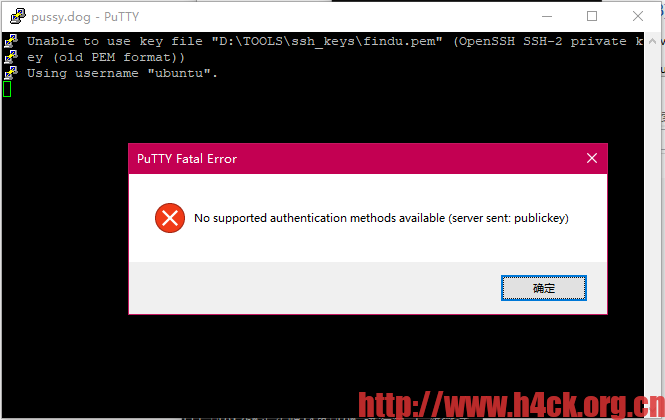EasyFind for mac(苹果电脑文件管理软件)是苹果电脑Mac os平台上的一款文件管理辅助软件。你认为Mac OS X的Spotlight很好用?特别是在搜索文本文件时? 下载EasyFind,Spotlight的替代(或补充),并在任何文件中查找文件,文件夹或内容,而无需编制索引。 EasyFind对于那些厌倦了缓慢或不可能的索引,过时或损坏的索引,或那些只是寻找在Finder或Spotlight中缺少的功能特别有用。EasyFind 是可以搜索隐藏文件的软件,最大的亮点就是能够搜索不可见的文件和包内部的文件。
特点:
– 布尔运算符,通配符,短语
– 扩展布尔运算符,类似于DEVONthink和DEVONagent
– 即时搜索,不需要索引
– 在文件包中找到不可见的文件和文件(Spotlight没有的功能)
– 在单独的列表中显示每个文件的位置
– 使用Quick Look预览文件(Mac OS X 10.5或更高版本)
– 提供上下文菜单和服务
– 支持拖放
– 非常迅速,支持多线程
– 使用很少的内存








